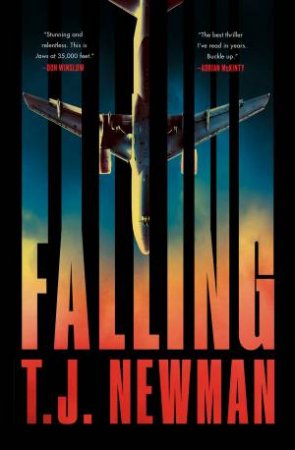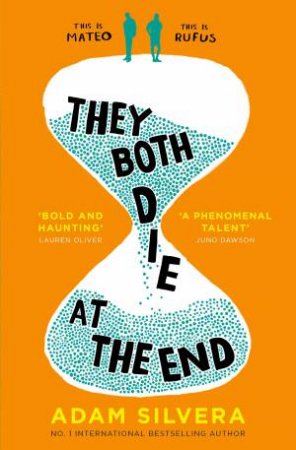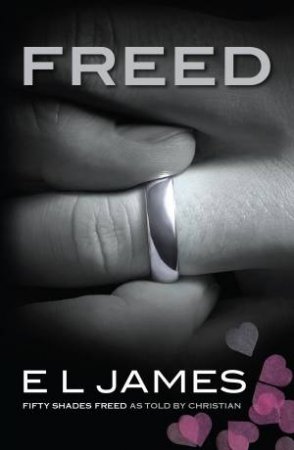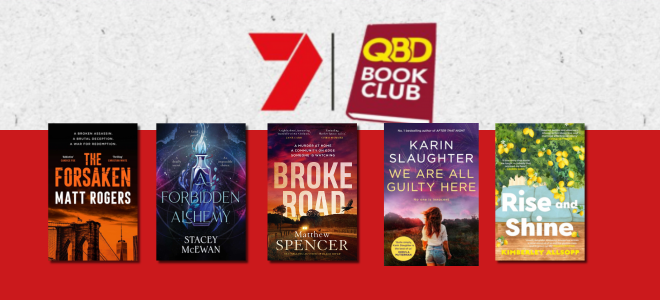 Eric Lindstrom’s debut young adult novel, Not If I See You First, introduces Parker Grant: sharp-tongued, stiff-spined, and the latest in a line of protagonists who subvert suppositions about the blind.
Eric Lindstrom’s debut young adult novel, Not If I See You First, introduces Parker Grant: sharp-tongued, stiff-spined, and the latest in a line of protagonists who subvert suppositions about the blind.
Blindness has featured in a number of recent novels—the most memorable being Anthony Doerr’s 2015 Pulitzer Prize-winning bestseller, All the Light We Cannot See, which gave us Parisian Marie-Laure: resilient, resourceful, and blind since she was six years old. Young adult fiction offers, among others, the fragile Emma of Rachel DeWoskin’s Blind, who suddenly (and unrealistically) becomes synesthetic after losing her sight; and the somewhat dependent Laureth of Marcus Sedgwick’s She Is Not Invisible, who, at sixteen, relies on her younger brother to guide her despite being blind since birth.
Refreshingly, Parker’s blindness is not painted as something to overcome in order for her to move forward—which is not to say that DeWoskin’s Emma and Sedgwick’s Laureth are bad or weak representations, but rather, that all people are different, disabled or not. People, as Parker realises, ‘can’t be defined by just one thing’. Sixteen-year-old Parker’s immersive first-person narrative unobtrusively outlines the everyday realities of life without sight: she makes full use of her phone’s assistive technology, ‘taps’ through school hallways with her cane, and browses the internet with speech-to-text software that speaks to her in Stephen Hawking’s voice—‘what better way to learn stuff than hearing it from the smartest guy in the world?’ Of course, people can’t be defined by just one thing, and Parker’s blindness does not limit her to good—or non-destructive—behaviour. She wears outrageous blindfolds as a fashion statement only she can pull off, and she runs each morning without the aid of her cane—‘like the devil’s chasing me’.
Parker’s sense of humour is droll and acerbic by equal turns—she wields her words like weapons, and with good reason. The novel opens in the shadow of her father’s death; her mother was killed eight years prior in the car accident that took Parker’s sight. Her first and last relationship ended three years ago due to a breach of trust that nearly destroyed her. And, as her best friend Sarah exasperatedly notes, ‘one of the unexpected side effects of Parker going blind was how she got… less and less sensitive about what she said to people because she couldn’t see them flinch’. At times, Parker is not an easy protagonist—or person—to love. She makes her way through the world with a ‘get them before they get me’ mentality—an attitude that, in her perception, hasn’t failed her yet. Readers will quickly realise, however, that this is not the case.
Inadvertently an unreliable narrator, Parker’s struggle towards self-awareness drives the novel forward in lurches and false starts. Unsurprisingly given its classification as a young adult novel, the intricacies and politics of high school life are at the forefront of Not If I See You First: Parker needs to re-establish her identity during an influx of new students, she and Sarah are ‘frenemies’ (or ‘enemends’) with one of the most popular girls in school, and she must negotiate the possibility of joining the track team and being seen running in public. To make things more complicated, Parker finds herself on shaky ground when the boy who broke her heart three years ago returns just as she thinks she’s ready to move on.
Due to pop-cultural osmosis, Australian readers will have little to no trouble recognising the novel’s American tropes and stereotypes. But Not If I See You First dismantles these tropes and destabilises these stereotypes, challenging readers’ expectations of popular girls, mean girls, fat girls, and jocks. The novel’s supporting characters are fully realised and fleshed out—an impressive feat given than their characterisation relies almost entirely on dialogue. Likely to the delight of some readers (myself included), Parker’s love interests are overshadowed by the liveliness and tenacity of her friends. PVP (Person who is Very Popular) Faith offers a gentle voice of reason that unfortunately goes unheard for most of the novel, new student Molly—Parker’s designated study buddy—stops holding her tongue when it comes to Parker’s bluntness, and best friend Sarah (affectionately referred to as Sarah ‘Sweatpants’ Gunderson more than once) is a joy to read and know; her stalwart loyalty and self-sacrifice make her more than worthy of the love that Parker has for her. It is through these relationships—and others based on platonic love—that Parker grows, flourishes, and makes peace with her dead.
Not If I See You First is more than a novel about a girl who is blind—it can’t be defined by just one thing. Parker’s story is one of grief, resilience, trust, and most importantly, friendship. ‘I think about how when I first lost my sight’, she recalls, ‘some kids asked me how I knew when I woke up in the morning if I couldn’t open my eyes and see anything. I should have realized then just how steep a hill I had to climb.’ No matter how steep the hill, Parker does not have to climb alone, and by the end of the novel, readers will want to climb—no, run—with her.
~ Shastra

























